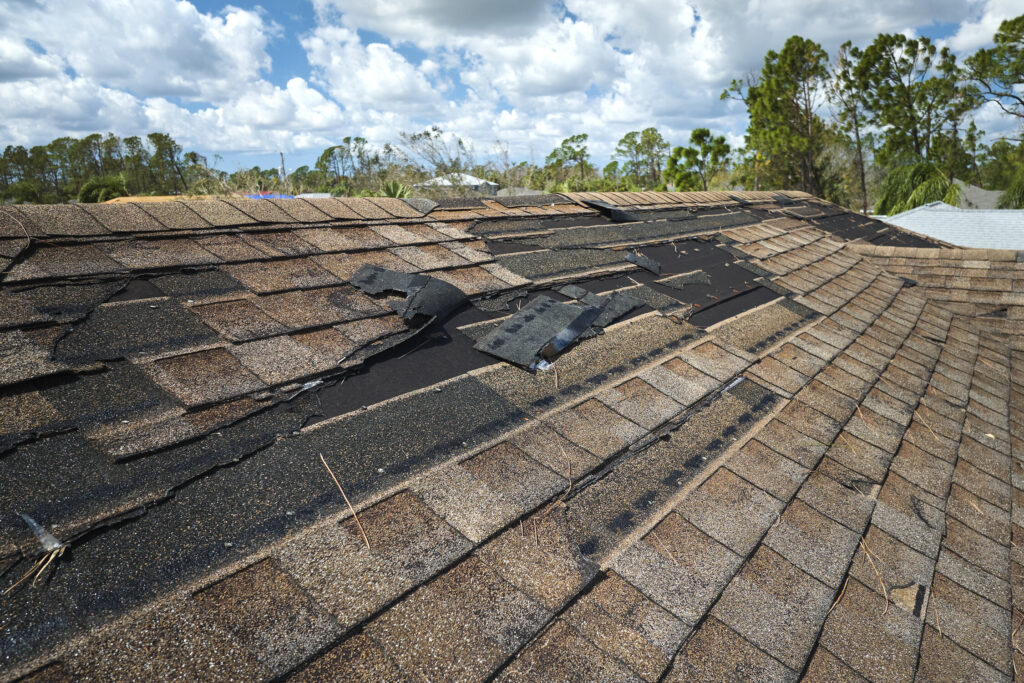As a homeowner, dealing with roof leaks can be both frustrating and concerning. A leaking roof can cause significant damage to your home’s interior, leading to costly repairs and compromised structural integrity if not addressed promptly. As residential reroofing and repair specialists, we understand the importance of identifying and repairing roof leaks quickly and efficiently. In this comprehensive guide, we will provide valuable insights into the common causes of roof leaks, signs to look out for, and effective strategies to address them, helping you protect your investment and maintain a safe living environment.
By understanding the causes, signs, and mitigation strategies for roof leaks, you can take a proactive stance in addressing potential issues and maintaining a sound and safe roofing system for your home. Join us as we delve into these critical aspects, arming you with the essential knowledge and resources to tackle roof leaks and protect your investment effectively.
Common Causes of Roof Leaks
Understanding the sources of roof leaks is crucial in identifying problems and taking preventive measures to protect your home. Some of the most common causes of roof leaks include:
1. Damaged or Missing Shingles: Shingles can become damaged or loosen due to wind, hail, or age. Damaged or missing shingles expose the roof deck and underlayment to the elements, allowing water to infiltrate.
2. Flashing Issues: Flashing is the metal installed around roof penetrations, such as chimneys, vents, and skylights, and roof junctions to direct water away. If flashing is damaged, corroded, or improperly installed, it can create avenues for water to enter.
3. Blocked Gutters: Gutters and downspouts that are clogged with leaves, sticks, or debris can cause water to overflow and infiltrate your roof’s edge, creating leaks in the process.
4. Cracked or Damaged Roof Vents: Roof vents are crucial for proper attic ventilation, but if they become cracked or damaged, they can provide an entry for water.
5. Age and Wear: Over time, normal wear and tear can compromise the integrity of your roofing materials, making your roof more susceptible to leaks.
Signs of Roof Leaks
Early detection of roof leaks is essential to minimize damage and repair costs. Keep an eye out for these warning signs that suggest you may have a roof leak:
1. Water Stains: Discolored or dark patches on your ceilings, walls, or in your attic can be indicative of water infiltration.
2. Mold and Mildew Growth: Persistent moisture can lead to mold and mildew growth on walls, ceilings, or around vents and skylights.
3. Sagging Ceilings or Walls: Water damage can cause structural materials to weaken, leading to sagging ceilings or walls.
4. Dripping Water or Puddles: An active leak may produce dripping water or visible puddles in your attic or living spaces.
5. Higher Energy Bills: Excessive moisture can compromise your home’s insulation, leading to inefficient heating or cooling and increased energy costs.
Emergency Roof Leak Solutions
In cases of severe leaks, a quick response is critical to prevent further damage. Consider these temporary solutions while you await professional assistance:
1. Tarping: Temporarily covering the affected area with a heavy-duty tarp can prevent additional water from entering your home.
2. Roof Cement: Applying roof cement or sealant to small leaks, such as around vents or flashings, can provide a temporary solution.
3. Bucket or Pan: Placing a bucket or pan beneath actively dripping leaks can help contain the water and prevent further damage to flooring or personal belongings.
Remember, these solutions are temporary fixes and should be followed up with a professional evaluation and repair.
Professional Leak Detection and Repair
To effectively address roof leaks, the expertise and skills of trained professionals are often necessary. Advanced leak detection techniques and expert repair work can ensure leaks are resolved permanently:
1. Infrared Thermography: This technology uses thermal imaging cameras to identify temperature differences in your roof materials, pinpointing areas where moisture has infiltrated.
2. Electronic Field Vector Mapping: This method involves applying a low-voltage electrical current across the roof membrane to detect areas of water penetration.
3. Professional Repairs: Experienced roofing specialists have the skills and knowledge to effectively diagnose and repair leaks, using the appropriate tools and materials for lasting solutions.
Preventative Maintenance for Leak Prevention
Proactively maintaining your roof can help mitigate and prevent leaks, extending its life and preserving your investment. Keep these strategies in mind:
1. Regular Inspections: Schedule routine inspections, ideally twice a year and after significant storms, to identify early signs of damage or potential leaks.
2. Gutter Cleaning: Clean your gutters and downspouts regularly to prevent water overflow and roof edge infiltration.
3. Prompt Repair Work: Address any identified issues, such as damaged or missing shingles, promptly to prevent further damage and potential leaks.
Conclusion
Understanding the causes, signs, and mitigation strategies for roof leaks empowers you to proactively address potential issues and maintain a sound and safe roofing system for your home. By following these guidelines, you can minimize the damage and stress associated with roof leaks, prioritizing the well-being of your home and the protection of your investment.
At Roof Rite AZ, we are committed to providing exceptional service and expertise in residential reroofing and roof repair in Mesa. Get in touch with our team today to schedule a free roofing inspection or discuss how we can assist you with any roofing concerns, ensuring your home remains protected and secure for years to come.


